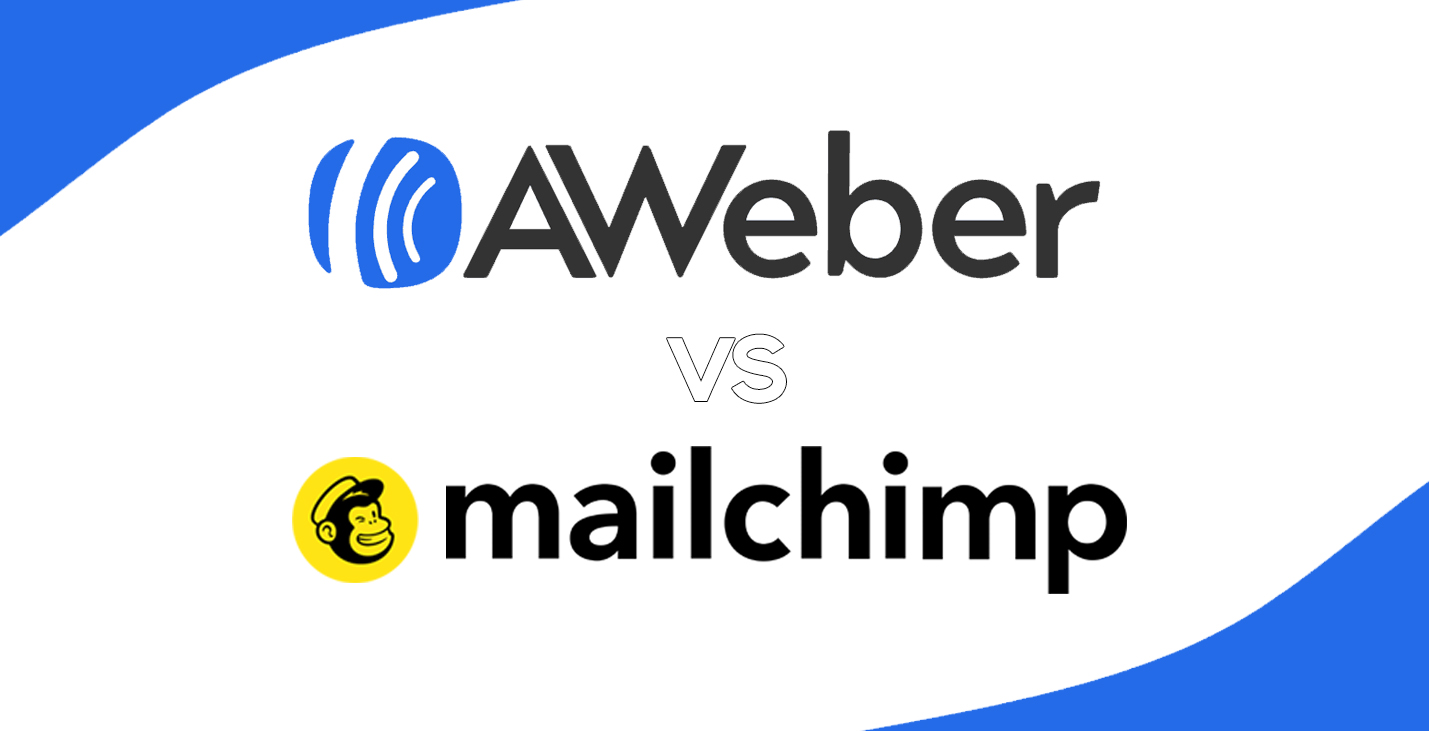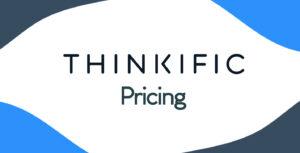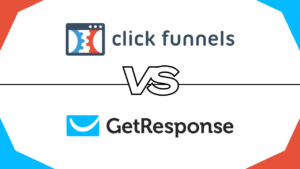Selecting the right email marketing platform is a pivotal decision for your business, often boiling down to a choice between AWeber and Mailchimp. Both platforms are vanguards in the field, yet choosing the ideal one hinges on your specific requirements. This guide delves into a meticulous comparison of AWeber vs Mailchimp, examining crucial factors like ease of use, pricing and plans, automation features, and beyond. Aimed at small business proprietors, emerging marketers, and large corporations alike, this analysis seeks to furnish you with a clear understanding of each platform’s capabilities and constraints. This insight is instrumental in guiding you towards an informed decision and optimizing your email marketing approach.
Table of Contents
Ease of Use
When comparing AWeber vs Mailchimp, a primary consideration for many users is the ease of use. Both platforms cater to a wide range of users, from beginners to seasoned marketers, but they approach user experience in slightly different ways.
AWeber: User-Friendly for Beginners AWeber prides itself on its straightforward interface. New users can quickly navigate through its dashboard, thanks to its clear and intuitive layout. The platform provides step-by-step guides for setting up campaigns, making it a breeze for beginners. For instance, creating an email list or launching a basic email campaign can be done in just a few clicks.
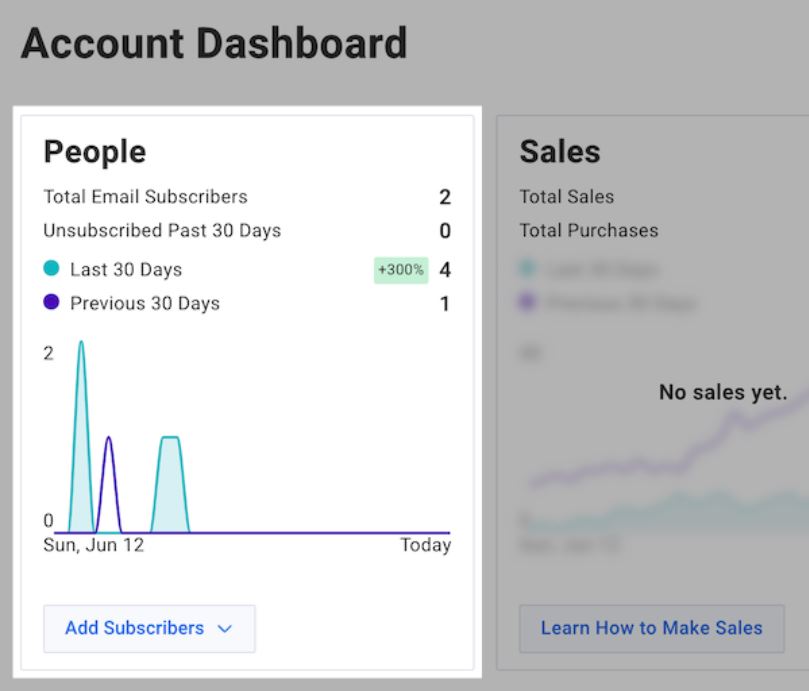
Mailchimp: Sophisticated with More Customization Mailchimp, on the other hand, offers a slightly more sophisticated experience. It boasts a modern, sleek interface with more customization options. This can be particularly appealing to users with some experience in email marketing. However, newcomers might find Mailchimp’s array of features a bit overwhelming at first. That said, Mailchimp has made significant strides in making its platform more accessible, including a helpful ‘Getting Started’ guide.
Help and Support Another aspect of ease of use is the availability of help and support. Both platforms offer comprehensive knowledge bases, tutorials, and email support. AWeber goes a step further by providing phone support, which can be a significant advantage for users who prefer direct assistance.
Pricing and Plans: What’s Best for Your Budget?
Let’s dive into one of the biggest deciding factors when choosing between AWeber and Mailchimp – the cost. Everyone loves a good deal, but in the world of email marketing, it’s all about finding the right balance between cost and features.
AWeber: No-Fuss Pricing for Everyone Think of AWeber as the ‘easy-to-understand, no hidden fees’ option. Whether you’re just dipping your toes into email marketing or you’re a seasoned pro, AWeber keeps it simple. Their free plan is perfect for small ventures – covering up to 500 subscribers. And when your subscriber list grows? Their pricing scales up in a predictable, straightforward manner. The best part? You get all the features, no matter your plan.
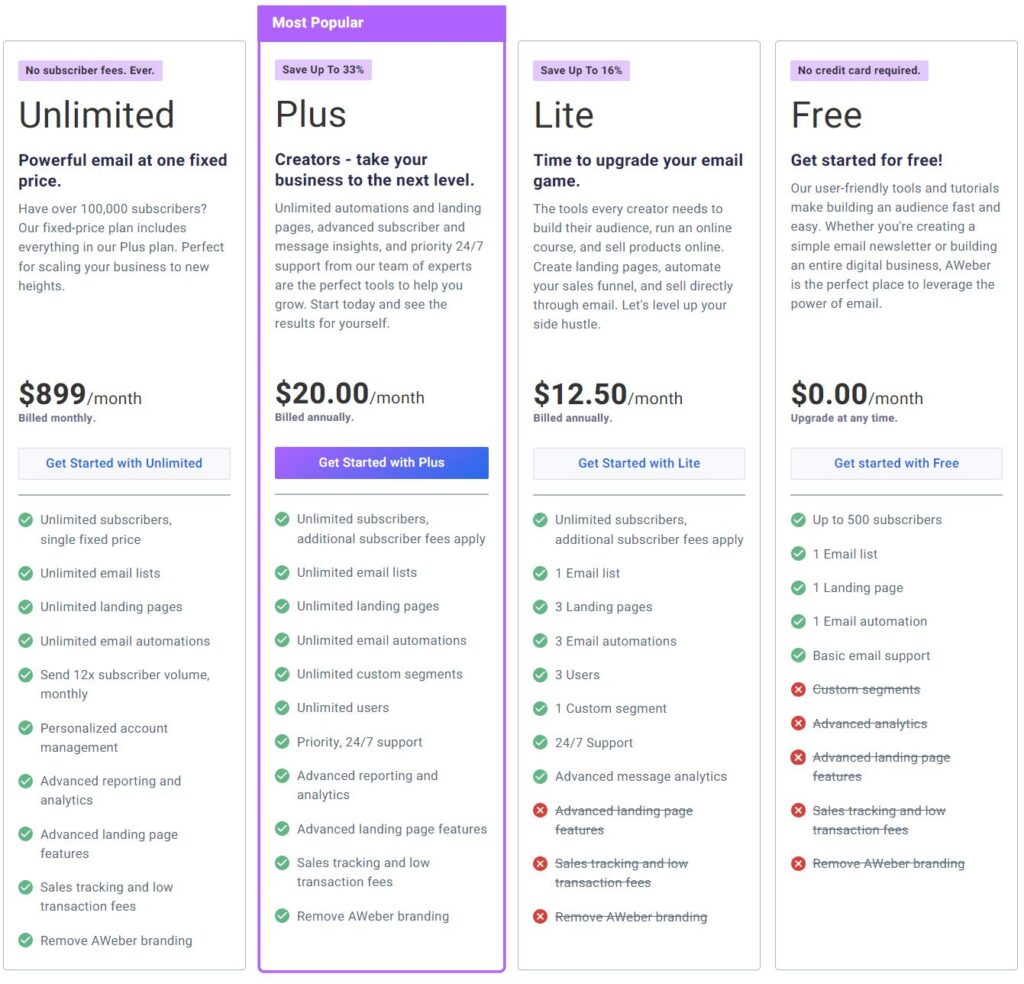
Mailchimp: Tailored to Your Needs Now, Mailchimp plays the game a bit differently. Their pricing is more like a ‘choose your own adventure’ book. Starting with a popular free plan, they offer several tiers: Essentials, Standard, and Premium. Each step up unlocks more features. It’s a bit like a buffet – you pick what works best for your business’s appetite and budget.
The Cost Comparison Showdown Here’s where it gets interesting. If you’ve got a small list, AWeber’s free offering is pretty sweet. But as your list grows, Mailchimp’s structure might be more wallet-friendly, depending on what features you can’t live without.
Watch Out for the Extras A little heads up both platforms might have extra charges, like if you go over your subscriber limit. So, keep an eye on those numbers!
Wrapping it up, AWeber’s simplicity could be your go-to if you love a straightforward approach. But if you’re after flexibility and don’t mind a bit of complexity, Mailchimp’s tiered plans could be your winner. Your move!
Email Design and Templates
A crucial aspect of any email marketing campaign is the visual appeal and functionality of the emails themselves. This brings us to a key comparison of AWeber vs Mailchimp their email design capabilities and the range of templates they offer.
AWeber: A Haven for Template Variety AWeber stands out with its extensive library of over 700 email templates. This vast selection ensures that no matter your industry or occasion, you’re likely to find a template that suits your needs. The designs range from simple and classic to more modern and visually dynamic. The drag-and-drop email builder in AWeber makes customizing these templates straightforward, allowing even those with no graphic design experience to create professional-looking emails.
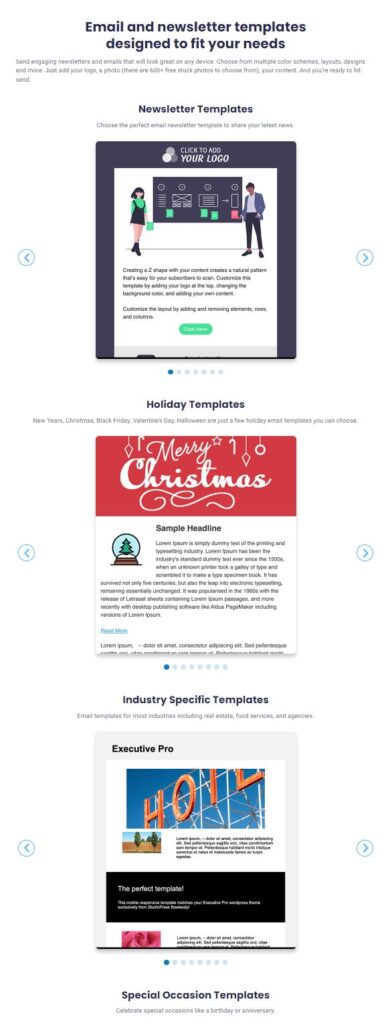
Mailchimp: Modern Design at Your Fingertips Mailchimp takes a slightly different approach. Their focus is on modern, sleek designs that align with current design trends. While their template library is smaller than AWeber’s, the quality and aesthetic appeal of these templates are top-notch. Mailchimp’s email builder also offers advanced customization options, catering to those who have a bit more experience in design or specific branding requirements.
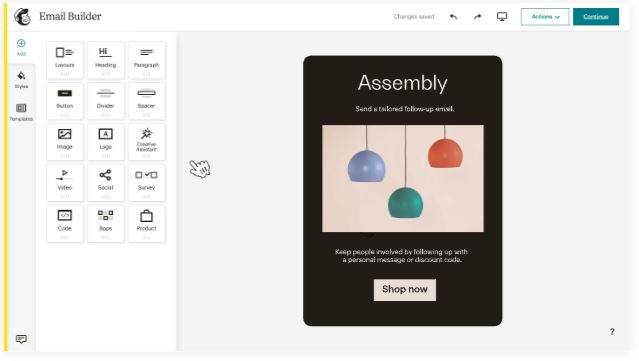
Customization and Flexibility Both platforms offer a high degree of customization within their templates. AWeber provides a more user-friendly experience for beginners, while Mailchimp offers advanced options for those who want more control over their designs. This includes everything from font choices to color schemes and layout adjustments.
Responsive Design for All Devices An essential feature that both AWeber and Mailchimp excel in is the responsiveness of their email designs. Emails created on both platforms automatically adjust to fit screens of various sizes, ensuring your message looks great whether it’s viewed on a desktop, tablet, or smartphone.
Automation and Workflow Capabilities
In the realm of email marketing, the power of automation and the efficiency of workflow management cannot be overstated. Let’s delve into how AWeber vs Mailchimp stack up in these critical areas.
AWeber: Streamlined Automation for Efficiency AWeber offers a robust set of automation tools that are designed to be both powerful and user-friendly. Their automation capabilities allow you to create email sequences that are triggered by specific subscriber actions, such as signing up for a list or clicking a link. This makes it easy to set up welcome sequences, educational courses, or nurture campaigns. AWeber’s automation is particularly praised for its simplicity and ease of use, making it a great choice for those new to email automation.
Mailchimp: Advanced Automation with Detailed Targeting Mailchimp steps up the game with more advanced automation features. They offer everything from basic autoresponders to complex triggered emails based on audience behavior, preferences, and purchase history. This level of detail allows for highly targeted and personalized email campaigns. Mailchimp’s automation workflows are particularly versatile, accommodating a range of scenarios from simple to sophisticated.
Comparing Workflow Interfaces When it comes to setting up and managing these automations, both platforms offer intuitive interfaces. AWeber’s interface is straightforward, making it easy to visualize and edit your email sequences. Mailchimp, while also intuitive, provides a more detailed view, which can be advantageous for complex campaigns but might be a bit overwhelming for beginners.
Integration with Other Tools Both AWeber and Mailchimp excel in integrating with a wide array of other tools and services, which enhances their automation capabilities. This integration allows for seamless workflows that can incorporate data and actions from various sources, such as e-commerce platforms and CRM systems.
List Management and Segmentation
Effective list management and segmentation are key to successful email marketing campaigns. Let’s explore how AWeber vs Mailchimp handle these crucial features.
AWeber: Intuitive List Management and Basic Segmentation AWeber provides a straightforward approach to list management. Adding and organizing subscribers is a breeze, and you can easily manage multiple lists within the platform. When it comes to segmentation, AWeber offers basic functionalities. You can segment your contacts based on standard criteria like open rates, location, and subscriber activity. While AWeber’s segmentation capabilities might not be as advanced as Mailchimp’s, they are more than sufficient for most standard email marketing needs and are particularly user-friendly for beginners.
Mailchimp: Advanced Segmentation for Targeted Campaigns Mailchimp excels in the realm of list segmentation. It allows for more detailed segmentation options, enabling you to create highly targeted email campaigns. You can segment your audience based on a wide array of criteria, including purchase behavior, demographics, engagement levels, and more. This advanced segmentation can lead to more personalized and effective email marketing efforts, especially for larger or more diverse audiences.
Ease of Use in List Management Both platforms offer easy-to-use interfaces for managing your lists. AWeber’s simplicity ensures that you spend less time figuring out the platform and more time engaging with your subscribers. Mailchimp, while slightly more complex due to its advanced features, still provides a user-friendly experience with a focus on intuitive navigation.
Keeping Lists Clean and Engaged Another aspect where both AWeber and Mailchimp shine is in their tools for maintaining list health. They provide features to clean your list by removing inactive subscribers, which helps in improving engagement rates and deliverability.
Deliverability Rates
In email marketing, the success of your campaigns heavily relies on deliverability rates. Let’s compare how AWeber vs Mailchimp performs in ensuring your emails land in your subscribers’ inboxes.
AWeber: Consistent and Reliable Deliverability AWeber has built a reputation for its consistent and high deliverability rates. They employ various best practices, like automatic management of bounces and complaints, to maintain a strong sender reputation. AWeber also provides tools to help users optimize their content to avoid spam filters, which is crucial for maintaining good deliverability.
Mailchimp: Adaptive and Intelligent Email Delivery Mailchimp also boasts impressive deliverability rates, thanks in part to their adaptive email delivery system that learns and evolves. This system optimizes sending times based on user engagement patterns, which can enhance the chances of your email being opened. Mailchimp also provides users with detailed feedback on their campaigns, helping to identify and correct issues that might affect deliverability.
Factors Affecting Deliverability Both AWeber and Mailchimp emphasize the importance of various factors that influence deliverability. These include list cleanliness, subscriber engagement, and email content quality. They provide resources and tools to help users understand and improve these aspects, which is a valuable part of maintaining high deliverability rates.
User Responsibility in Deliverability It’s important to note that while both AWeber and Mailchimp offer robust deliverability features, the ultimate success also depends on user practices. This includes following email marketing best practices, regularly cleaning your email list, and creating engaging, relevant content.
Integration with Other Tools
In today’s digital ecosystem, the ability of your email marketing platform to integrate with other tools is crucial. Let’s see how AWeber vs Mailchimp stack up in this arena.
AWeber: Wide Range of Integrations for Enhanced Functionality AWeber offers a broad array of integrations with various third-party applications and services. These integrations cover everything from CRM systems and e-commerce platforms to social media tools and landing page builders. This wide-ranging compatibility makes AWeber a versatile choice, as it can easily fit into and enhance your existing digital marketing stack.
Mailchimp: Deep Integration for a Seamless Experience Mailchimp also provides a comprehensive list of integrations, with a slight edge in terms of depth and seamlessness. Their integrations, particularly with major e-commerce platforms like Shopify and WooCommerce, offer deep data synchronization, allowing for advanced segmentation and personalized campaigns based on purchase history and customer behavior.
Ease of Integration Both AWeber and Mailchimp have made the integration process as simple as possible. With straightforward, guided steps, users can connect their email marketing efforts with other tools without needing extensive technical knowledge. This ease of integration ensures a more efficient and cohesive digital marketing strategy.
API Access and Custom Integrations For those with specific needs or custom systems, both AWeber and Mailchimp offer API access. This allows for the creation of custom integrations, providing flexibility and control for advanced users who wish to tailor their email marketing integrations to their precise requirements.
User Reviews and Community Feedback
Understanding how real users perceive and interact with AWeber vs Mailchimp can provide valuable insights. Let’s delve into what users are saying about these platforms.

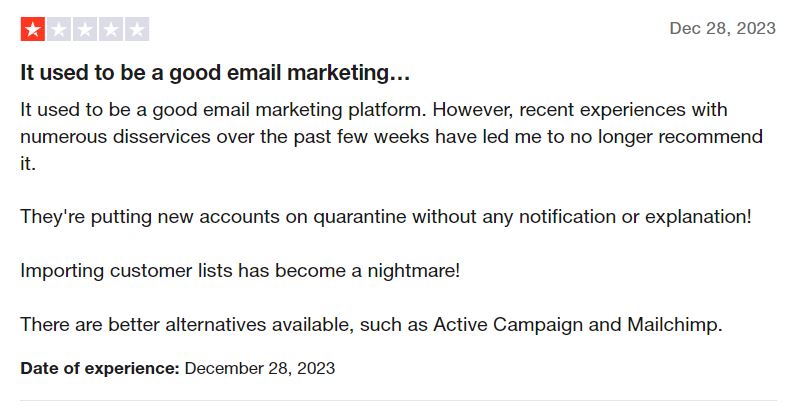
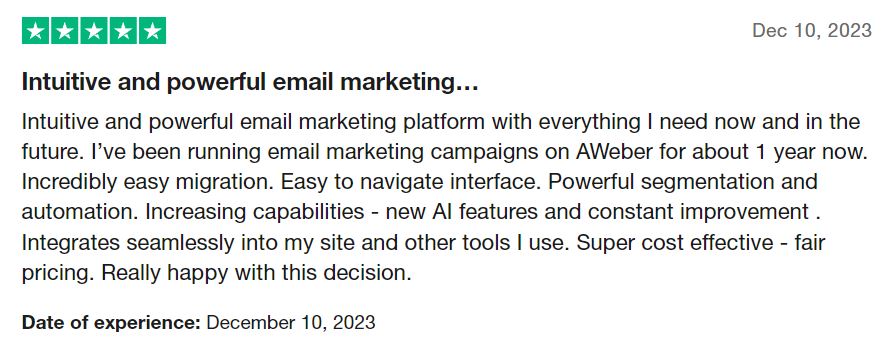
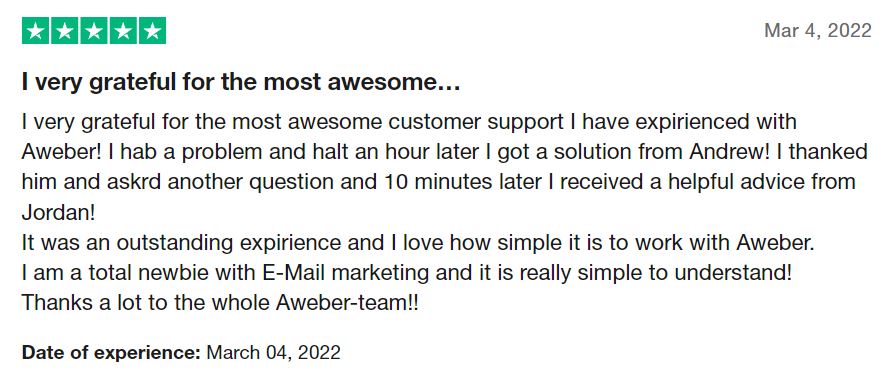
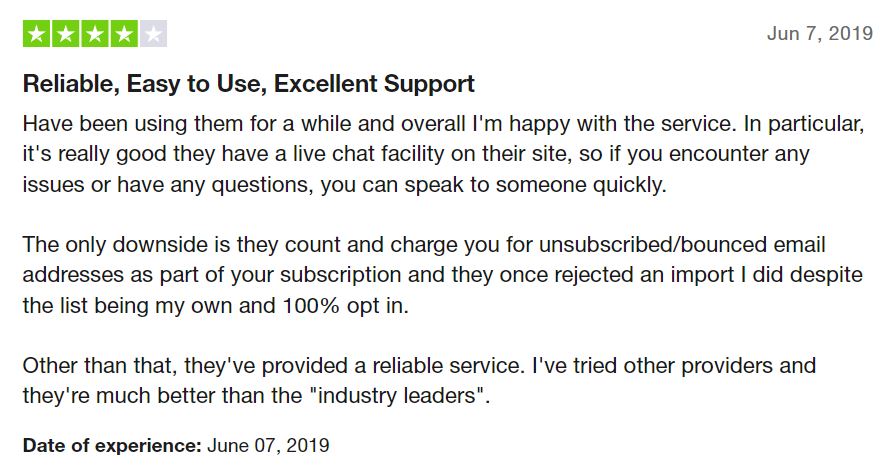
AWeber: Praised for Customer Support and Ease of Use AWeber generally receives positive reviews for its customer support and ease of use. Users often highlight the platform’s responsive customer service team and its straightforward, no-fuss interface. Newcomers to email marketing particularly appreciate AWeber’s simplicity and the wealth of educational resources provided.


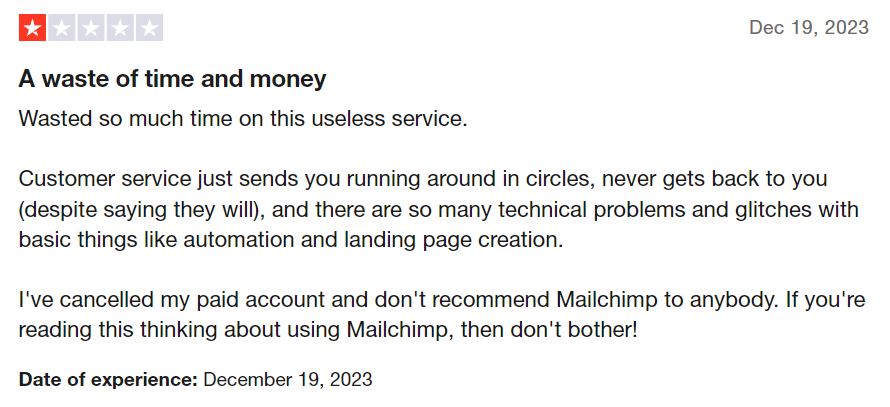
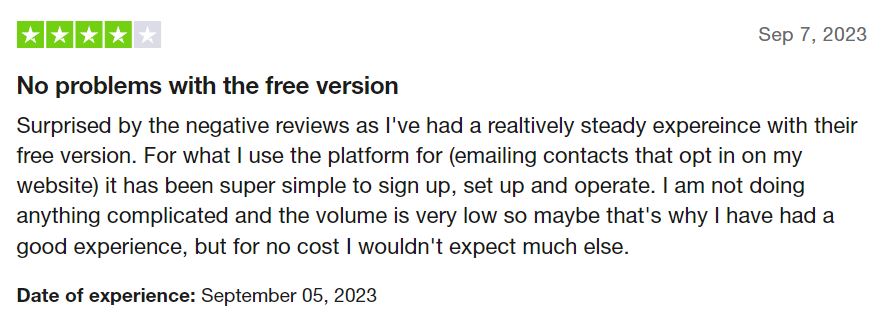
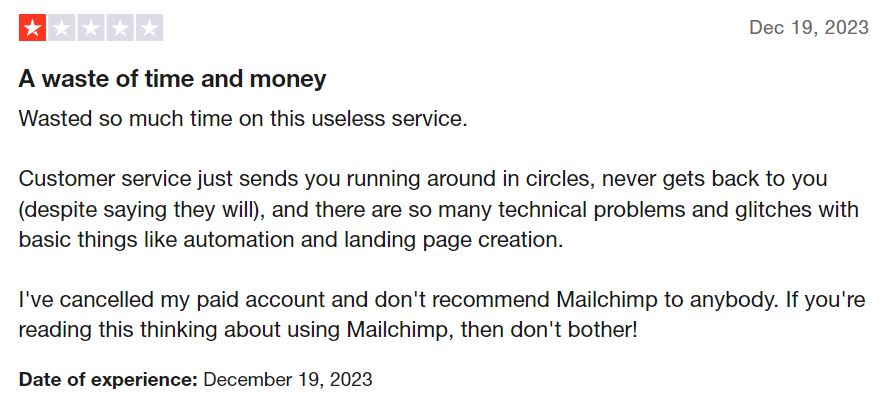
Mailchimp Additionally, some users have reported issues with customer support responsiveness. While Mailchimp offers a range of support resources, there are instances where users have experienced delays or found the support less helpful than expected, particularly at the lower-tier plans where direct support options may be limited.
Another area of concern is the pricing structure of Mailchimp. As users’ subscriber lists grow, some have found the pricing tiers to escalate quite steeply, which can be a significant consideration for small businesses with tight budgets. This aspect is particularly notable when users cross the threshold from the free plan to the paid tiers, where the cost can become a substantial monthly expense.
Finally, despite its robust integration capabilities, certain users have encountered difficulties with integrating Mailchimp with other software, citing glitches or compatibility issues. While this may not be a widespread problem, it is a point of frustration for those who rely on seamless integration for their marketing workflows.
Pros and Cons Summary
In the quest to choose between AWeber vs Mailchimp for your email marketing needs, a side-by-side comparison of their pros and cons can be incredibly enlightening. Here’s a succinct yet comprehensive overview to help you gauge which platform aligns best with your objectives:
AWeber Pros:
- User-Friendly Interface: Ideal for beginners with its straightforward and intuitive dashboard.
- Extensive Template Selection: Over 700 email templates catering to various styles and needs.
- Excellent Customer Support: Noted for responsive and accessible customer service, including phone support.
- All-Inclusive Features Across Plans: Every feature is available regardless of the plan, ensuring scalability.
AWeber Cons:
- Basic Segmentation Capabilities: Lacks the advanced segmentation features found in Mailchimp.
- Limited Automation Compared to Mailchimp: While user-friendly, it doesn’t offer the depth of automation features that Mailchimp does.
- Fewer Integration Options: Although sufficient for most, it has fewer integrations compared to Mailchimp.
Mailchimp Pros:
- Advanced Automation and Segmentation: Offers sophisticated targeting and automation capabilities for personalized campaigns.
- Modern, Sleek Templates: Focuses on contemporary design for a more visually appealing email experience.
- Extensive Integration Options: Wide range of integrations, especially strong with e-commerce platforms.
- In-depth Reporting and Analytics: Provides detailed insights into campaign performance and audience behavior.
Mailchimp Cons:
- Higher Costs for Larger Lists: Pricing can become expensive as your subscriber list grows.
- Limited Support in Lower Plans: Immediate customer support like phone or live chat is often restricted to higher-tier plans.
- Complexity and Learning Curve: This can be overwhelming for beginners due to its range of features and detailed interface.
- Limited Features in Free Plan: The free plan comes with notable restrictions compared to paid options.
Conclusion and Recommendations: Aweber vs Mailchimp
After exploring the various facets in our blog about AWeber vs Mailchimp, it’s clear that both platforms offer unique strengths and cater to different needs in the realm of email marketing.
AWeber is an excellent choice for those who are new to email marketing or prefer a platform that is straightforward to use. Its user-friendly interface, comprehensive customer support, and inclusive feature set across all plans make it a reliable option for small businesses or individuals who are building their email marketing strategy from the ground up.
Mailchimp, on the other hand, stands out for businesses and marketers who require advanced features, such as detailed segmentation, extensive customization options, and in-depth analytics. It’s particularly well-suited for those with a bit more experience in email marketing or businesses that have outgrown basic email marketing needs and are looking to implement more sophisticated campaigns.
For Small Businesses and Beginners: If you’re just starting or running a small business, AWeber’s simplicity and excellent customer support can help you get up and running quickly without feeling overwhelmed.
For Growing Businesses and Advanced Marketers: For those with growing needs, or who have a knack for data and customization, Mailchimp’s advanced features will offer the tools necessary to create highly targeted and effective campaigns.
Consider Your Long-Term Goals: It’s also important to consider your long-term goals and potential growth. While AWeber offers a more consistent pricing model, Mailchimp’s tiered structure might be more cost-effective as your list grows and your needs become more complex.
Test and Decide: Lastly, both platforms offer free plans, allowing you the opportunity to test-drive their features. Take advantage of this to explore each platform’s interface and capabilities firsthand before making a decision.
Conclusion
In the bustling arena of email marketing, the debate between AWeber vs Mailchimp is a common one, each platform offering unique strengths. AWeber excels with its advanced autoresponder functionality, allowing you to craft highly personalized and timely email sequences. This is especially beneficial for businesses looking to deepen customer relationships through tailored communication. On the other hand, Mailchimp stands out for its user-friendly interface and sophisticated segmentation capabilities, ideal for those new to email marketing or with limited technical expertise.
When considering AWeber vs Mailchimp for workflow management, AWeber’s detailed analytics provide a comprehensive view of campaign performance, crucial for data-driven decisions. Conversely, Mailchimp’s strength lies in its integrations with numerous third-party applications, enhancing the flexibility of your marketing efforts.
In the context of AWeber vs Mailchimp, pricing also plays a significant role. While AWeber can be more costly as your subscriber list grows, its robust features may justify the investment for more complex email marketing strategies. Meanwhile, Mailchimp’s pricing structure, often more favorable for smaller lists, makes it a go-to choice for startups and small businesses.
Ultimately, in choosing between AWeber vs Mailchimp, it’s imperative to align the platform’s capabilities with your business goals, resources, and the desired sophistication of your email marketing campaigns. The success of your marketing initiatives doesn’t solely depend on the platform chosen but also on effectively leveraging its features to engage your audience and achieve your marketing objectives.
Thanks for Reading our Aweber vs Mailchimp Blog! if you’re interested be sure to check out our other blogs!

